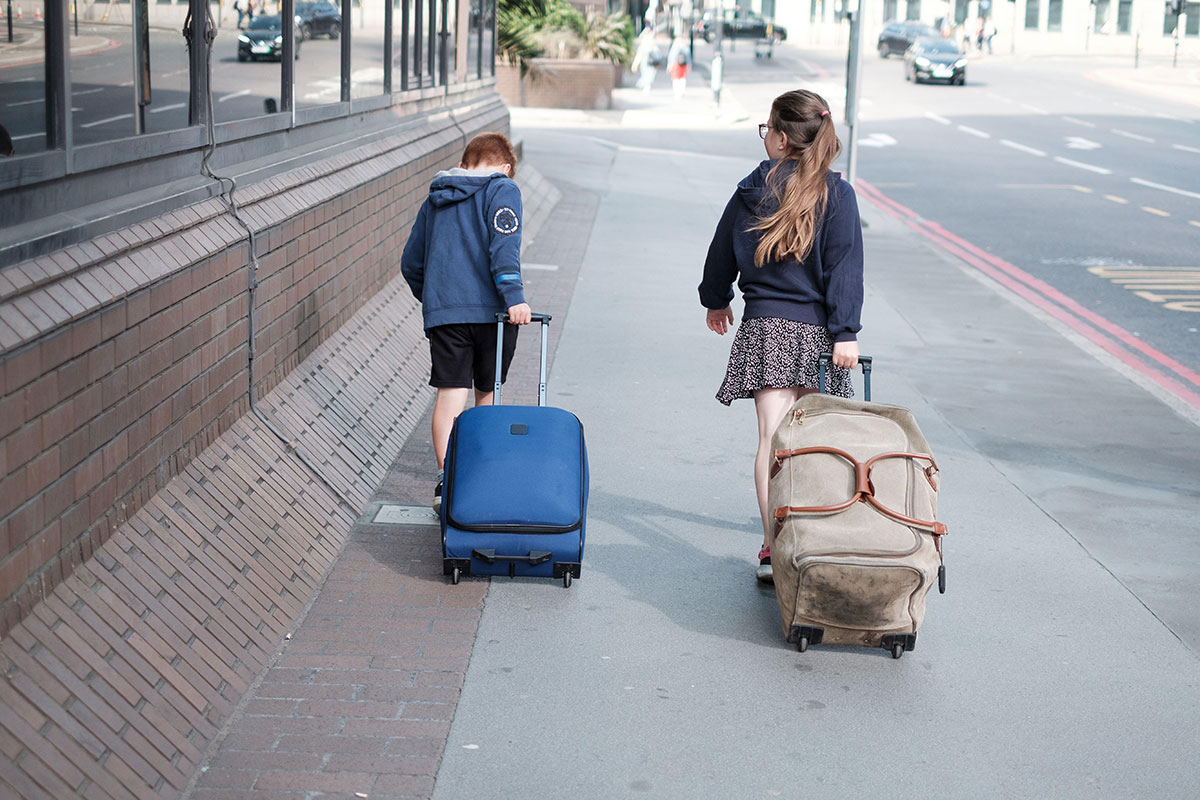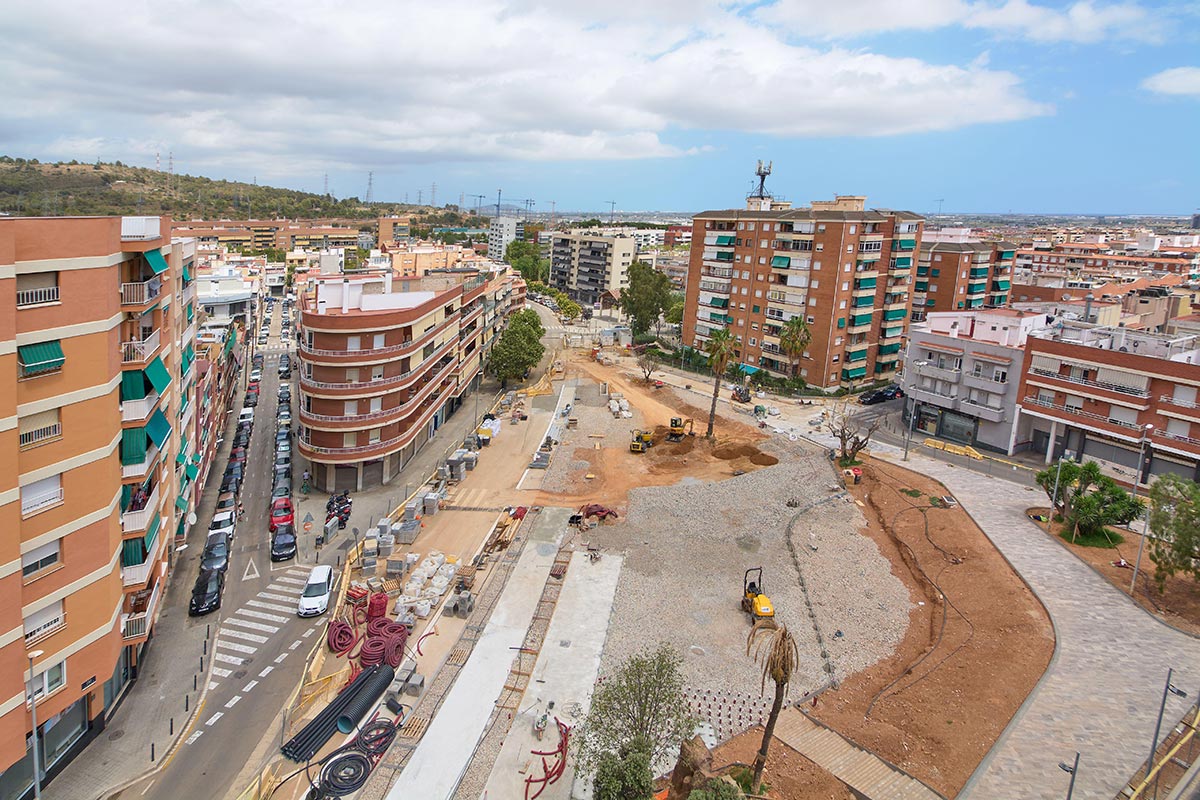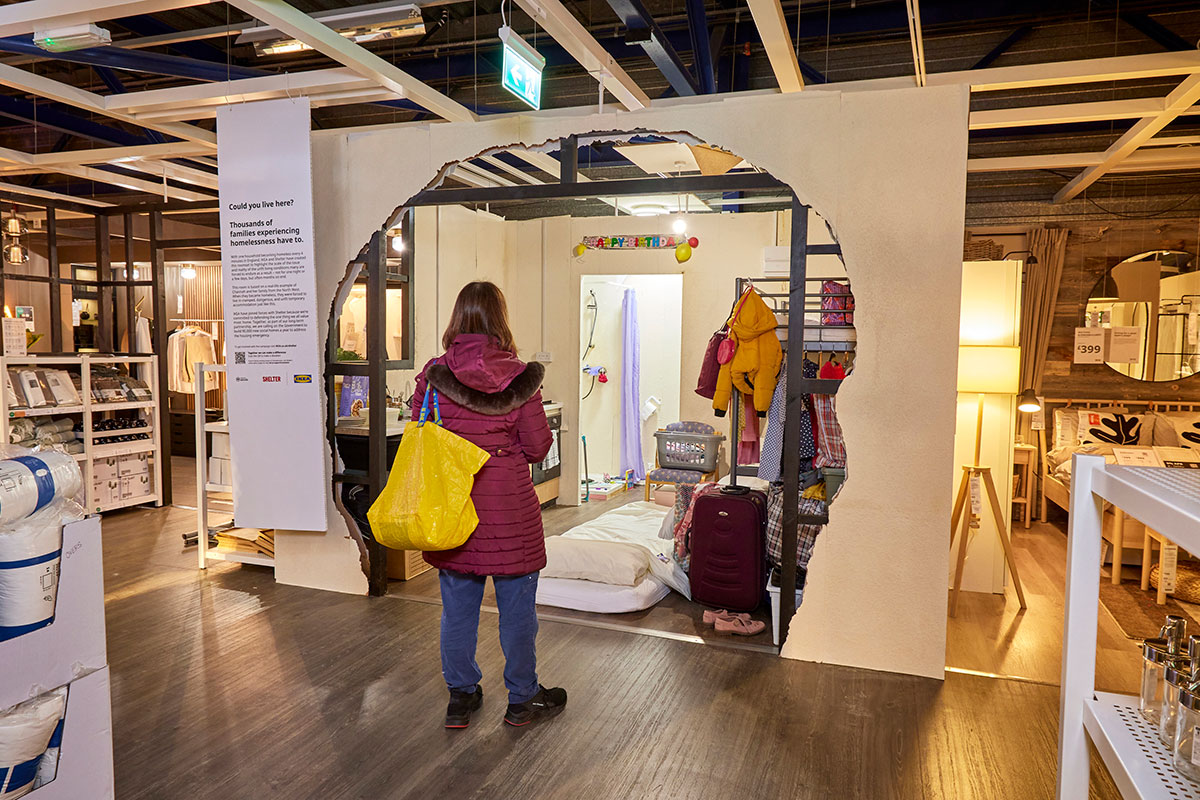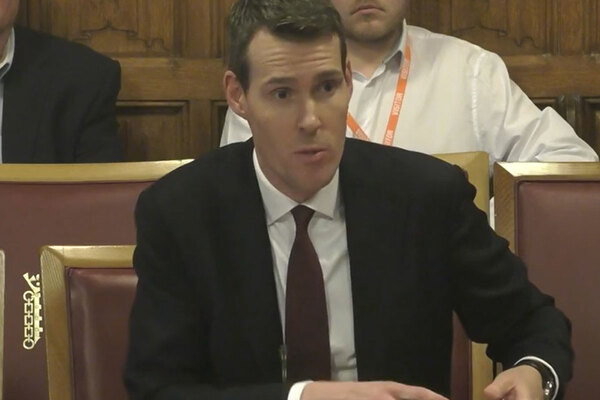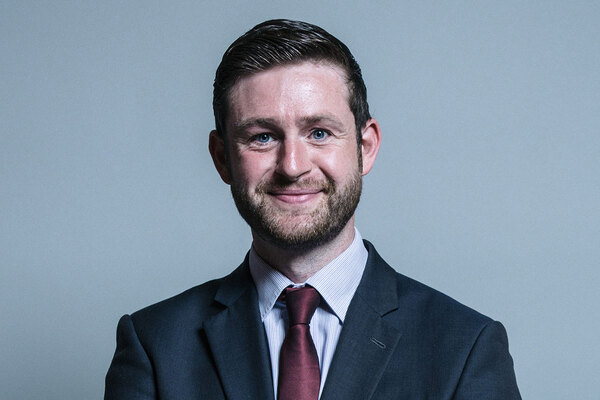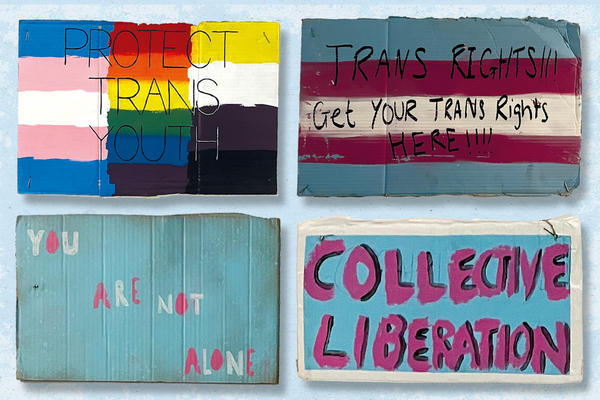You are viewing 1 of your 1 free articles
On the waiting list: why the UK needs to Build Social
Inside Housing promised to help amplify the voices of people who need social housing, as part of our Build Social campaign. Here are the stories of some of the people who got in touch when we launched the campaign last month. Katharine Swindells reports. Illustration by Clare Mallison

Inside Housing’s new campaign is calling on the next government to Build Social. We are asking all political parties to make a manifesto commitment to build a million social rent homes in the next decade: 90,000 a year in England, 7,700 a year in Scotland, and 4,000 a year in Wales.
We believe the shortage of social rent underpins the national housing crisis that is affecting huge swathes of the country: the thousands of homeless people sleeping rough and the more than 100,000 families stuck in temporary accommodation, including 131,370 children. Across the housing market it is estimated three-quarters of a million people are in overcrowded homes, and 900,000 have damp and mould. And millions are paying far more than they can afford in skyrocketing rental costs, in a cruel and unstable private rental market.
The figures can look insurmountable, but at the heart of these stories are millions of individuals, unable to find safety and stability without one of their most basic human rights: a home.
Inside Housing asked on social media for the general public to submit their experiences of why we need Build Social.
Some spoke of the indignity of living without a permanent home – such as Martin*, who has been homeless and stuck on the housing waiting list for two decades. “Nineteen years and nothing. I’m a 40-year-old man now, I’m tired of living like a dog, sleeping on floors,” he says.
Others worried about the impact on their children, like Rose, who lived in 11 temporary accommodation properties in a decade. “They can move you any time they want to, evict you any time they want to,” she says. “Each time I have to say to the kids ‘we’re moving again’. Do you know the trauma of moving all the time and putting the kids through that? From a young age, we are teaching them: you cannot have a permanent house. The system is just getting worse, it’s not getting better.”
Tracie, Wiltshire
Tracie, a teaching assistant in Wiltshire, has lived in her three-bedroom housing association property for 14 years.
When she moved in she had three young sons and the home was just the right size. But now she has five children: her eldest son is 22 and both he and her seven-year-old daughter are autistic, while her 15-year-old son has ADHD. All four boys share one bedroom.
Her children are unable to get their own space, the ones with additional needs are often overstimulated and her 15-year-old sometimes lashes out, punching the walls. Her husband is disabled and has had to move out due to the lack of space and the unsuitability of the property, so she is caring for the children by herself.
“I’m trying to hold down a job but it’s so damaging to my mental health,” Tracie says. “I worry about how it’s affecting my children.”
A larger home, Tracie says, would be “a game-changer”, letting her husband move back in, her 15-year-old have his own space and hopefully pass his GCSEs, allowing the children to have friends over, and “have the normal life that people take for granted”.
She has been bidding for a larger place for three years, since social services moved up her housing band. But four-bedroom properties are rare and she only had the chance to bid twice this year, and has so far come nowhere near getting allocated the property.
“I know I’m not the only family in this situation,” she adds, “but whether it’s the housing association, or the council, or the government, something has to change.”
Barbara, north London
Barbara, a carer for disabled adults in north London, was made homeless in 2017, when she had just given birth to her second son.
She was first placed in temporary accommodation with a shared kitchen and bathroom, where she worried about the safety of her children around the other residents. After more than four months of complaints, they were moved to a flat in a different borough, an hour away from her child’s school, and all of her support network.
She was then moved to another property in north London, where she has now been for five years, even though it is supposedly ‘temporary’. The two-bedroom property is too small for her and her now three children. It is in poor condition and has severe damp and mould, which causes breathing difficulties for her children.
“They told me to be grateful for a roof over my head,” she says. “I appealed but they bounced me around from person to person until I gave up.”
In July, the council painted over the mould, but Barbara is worried that in winter it will come back. She has been on the housing register for more than 20 years, but every time she bids she is always hundreds down the list. “I’m bidding and bidding – every week as soon as it turns midnight I’m bidding. But there are no properties,” she says.
Emma, Salford
Emma lives in Salford in a private rented home with her children, but wants to move back to Leeds where she is from, to be near her family. She has been registered for seven years on the council housing list, but still comes position 200 or more when she bids on properties.
“If I could get a social home, I would be a lot less stressed – 99% of my problems spiral back to the cost of rent, the insecurity of private rent and the fear of reporting issues. I cannot think about my future as I never know where I’m going to be living the following year.”
“If there was more social housing, it would take the stress out of being in private accommodation and the insecurity of this. I would feel like this country actually cares about the people living in it. More social housing means an acknowledgment of how important affordable, reliable and accessible housing actually is to people’s lives.”
Mohammed, Ilford
As of mid-September, Mohammed* had been living in a hotel room with his wife and young daughters for six weeks. He does not know when he will be moved.
A month after they moved in, the hotel opened up a small kitchen for residents, which was an improvement, but Mohammed says it is very small and is shared between more than 100 people.
The hotel is in Ilford, but Mohammed was placed there by a north London council, meaning he has to travel over an hour to take his daughter to nursery, and to get to his job in a shop in central London.
He hopes his family will be moved soon to a self-contained property, but he has neighbours in the hotel who have been there for more than two months already.
His daughters are just one and three years old, and he worries about how the lack of space is affecting them.
“Our whole family spends our life in one room. More suitable accommodation would change our lives,” he says. “My children could play freely.”
Why we need more social homes
“If I could get a social home, I would be a lot less stressed – 99% of my problems spiral back to the cost of rent, and the insecurity of private rent”
“Our whole family spends our life in one room. More suitable accommodation would change our lives. My children could play freely”
“I felt that social housing, because of its scarcity, excluded someone like myself. Not having social housing exposes people to the savage private rented market”
Hana, north London
Hana has just been told her rent is going up by £100 a month.
She was allocated her private rented property, where she lives with her 16-year-old son, by the council when she became homeless two years ago. But it was already at the Local Housing Allowance maximum level then, so her housing benefit cannot be increased to cover the rent rise.
Hana struggles with health issues that mean she only works part time at her supermarket job, and she has no idea how she will find the extra money. When she told the council this, she says it suggested she move to Essex to find something cheaper.
“It feels like they just don’t want poor people to live in London,” she says.
She joined the social housing waiting list in 2019, but says she was removed from the list when she was assigned the private flat, so now is further than ever from a stable home.
“I want to progress in life, but I’m struggling,” she says.
Elizabeth, Norfolk
Elizabeth* lives alone in Norfolk and wants to move closer to her daughter in her older age, in preparation for when she needs physical support. But she cannot afford to buy and fears that if she rents privately, she will not have security of tenure.
“There is no guarantee that I would be able to stay in a private rental until the end of my days and I don’t want to have to move again. A social home would guarantee this,” she says.
She has been bidding on social homes, but there are not many bungalows available, so she fears she will never get one.
“I would be able to move up and live a happy last stage of my life with my daughter, be part of her life and do nice things together. Life would be worth living again.”
Charlie, Lancaster
Charlie spent years bidding for a social home, but says she always knew “as I wasn’t classed as ‘vulnerable’ and I didn’t have kids at the time, my chances were very slim”.
In the end she got lucky. She met a partner who could afford to buy a home.
“This is how I got out of private rented – paying extortionate rent and having the ongoing insecurity of not having a home I could really call my own and settle in. I felt that social housing, because of its scarcity, excluded someone like myself. Not having social housing exposes people to the savage private rented market.”
Tosin, west London
Tosin, who lives with his partner and children in Harrow, west London, says they had to search for two months in the private rented sector before they found a home, and at the viewing there were 10 other households.
“We spend 60% of our income on rent,” he says.
Sarah, north Hertfordshire
Sarah* lives in a two-bedroom housing association home, with her husband and two children. Her son is 14 years old and her daughter is five, and there is no way to divide the second bedroom, so her daughter has to share with Sarah and her husband.
“My housing situation is bad for my mental health,” she says. “I have been actively bidding and searching for a home swap for almost six years.
I’ve emailed [the housing association] and I’ve even been in contact with the local MP.”
*Names have been changed where the individual wished to be anonymous
Aims of our Build Social campaign
For all political parties to commit to funding a substantial programme of homes for social rent in their manifestos at the next general election. This includes:
● 90,000 social rented homes a year over the next decade in England.
● 7,700 social rented homes a year in Scotland.
● 4,000 social rented homes a year in Wales.
Inside Housing commits to:
● Work to amplify the voices of people who need social housing, including families living in temporary housing and overcrowded conditions.
Sign up for our development and finance newsletter
Already have an account? Click here to manage your newsletters


